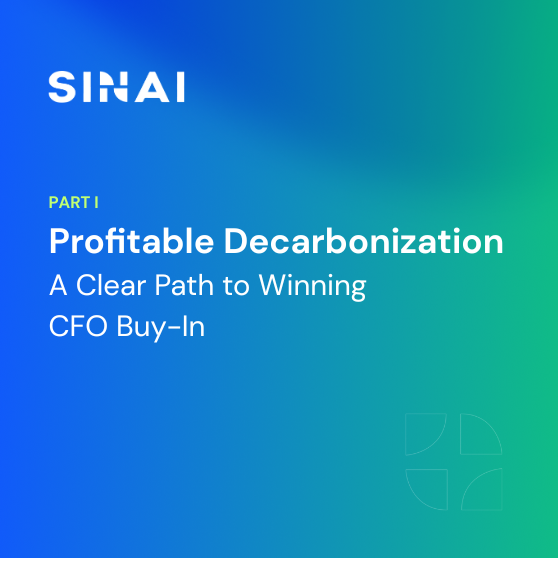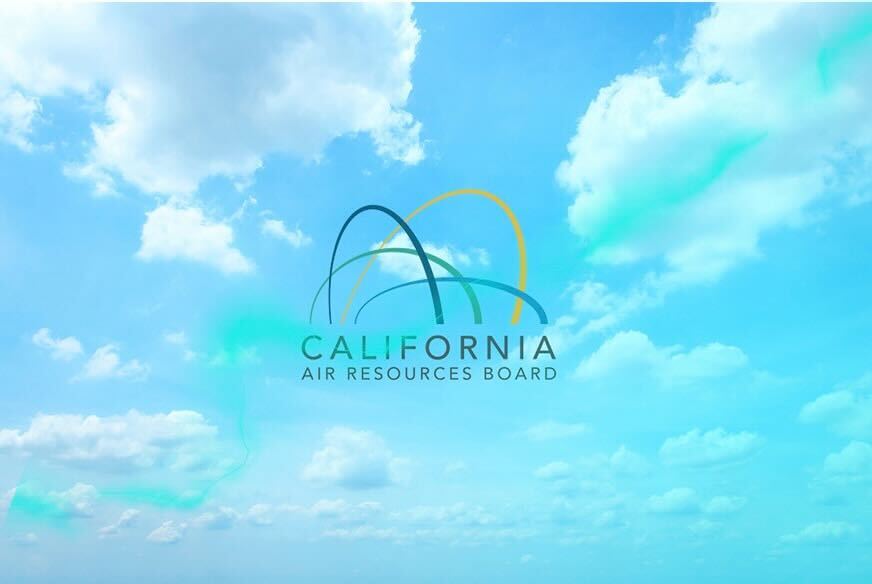Decarbonization Blog
New tips, trends, and insights from the planet's leading enterprise decarbonization platform

Part 4: Your California Climate Disclosure Journey – How to Report Emissions Under SB 253
ARB has released the draft SB 253 Scope 1–2 emissions reporting template. Here’s what covered companies need to know now, plus how SINAI can streamline your 2026 reporting.

Part 4: Your California Climate Disclosure Journey – How to Report Emissions Under SB 253
ARB has released the draft SB 253 Scope 1–2 emissions reporting template. Here’s what covered companies need to know now, plus how SINAI can streamline your 2026 reporting.
%20(1).png)
Why Engaging Your Top Suppliers Is the Fastest Route to Scope 3 Decarbonization
Top suppliers drive most of your Scope 3 footprint. Learn why focusing on them—and using AI to streamline data collection—turns compliance into competitive edge.
%20(1).png)
Why Engaging Your Top Suppliers Is the Fastest Route to Scope 3 Decarbonization
Top suppliers drive most of your Scope 3 footprint. Learn why focusing on them—and using AI to streamline data collection—turns compliance into competitive edge.
.png)
How AI Closes the Scope 3 Data Gap: Moving Beyond Guesswork
Scope 3 emissions are complex, but AI is turning guesswork into actionable insight. See how SINAI verifies data, engages suppliers, and accelerates decarbonization.
.png)
How AI Closes the Scope 3 Data Gap: Moving Beyond Guesswork
Scope 3 emissions are complex, but AI is turning guesswork into actionable insight. See how SINAI verifies data, engages suppliers, and accelerates decarbonization.

Profitable Decarbonization: A Clear Path to Winning CFO Buy-In (Part 1)
If decarbonization doesn’t improve margins, it won’t survive the budget review. Here’s how to make sustainability profitable—and win CFO and board support—with SINAI.

Profitable Decarbonization: A Clear Path to Winning CFO Buy-In (Part 1)
If decarbonization doesn’t improve margins, it won’t survive the budget review. Here’s how to make sustainability profitable—and win CFO and board support—with SINAI.
.png)
SINAI and Valor Carbon Partner to Accelerate Profitable Decarbonization in Central Asia
New partnership between SINAI & Valor Carbon brings together carbon accounting technology and climate finance to support companies in Kazakhstan and the broader region.
.png)
SINAI and Valor Carbon Partner to Accelerate Profitable Decarbonization in Central Asia
New partnership between SINAI & Valor Carbon brings together carbon accounting technology and climate finance to support companies in Kazakhstan and the broader region.
.png)
Top Carbon Accounting Software Solutions in 2025
Carbon accounting is not a feature—it’s the core product that unlocks every downstream use case. This guide ranks the top ten emissions management platforms and demonstrates how SINAI integrates audit-grade accounting with finance-ready MACCs, enabling accurate reporting and profitable decarbonization in a single stack.
.png)
Top Carbon Accounting Software Solutions in 2025
Carbon accounting is not a feature—it’s the core product that unlocks every downstream use case. This guide ranks the top ten emissions management platforms and demonstrates how SINAI integrates audit-grade accounting with finance-ready MACCs, enabling accurate reporting and profitable decarbonization in a single stack.

Independent Research Highlights SINAI's Leadership in Carbon Accounting & Decarbonization

Independent Research Highlights SINAI's Leadership in Carbon Accounting & Decarbonization

Verdantix Carbon Management Software Report 2025
SINAI is recognized for market-leading carbon management features that turn emissions data into ROI-positive action. Explore the innovations reshaping climate-smart business.

Verdantix Carbon Management Software Report 2025
SINAI is recognized for market-leading carbon management features that turn emissions data into ROI-positive action. Explore the innovations reshaping climate-smart business.

Part 3: Your California Climate Disclosure Journey – July 2025 CARB Updates
This third installment of our California Climate Disclosure Journey picks up where Part 1 (nexus test) and Part 2 (timelines & assurance) left off. We summarise CARB’s July 2025 FAQ and outline next-step actions for in-scope companies.

Part 3: Your California Climate Disclosure Journey – July 2025 CARB Updates
This third installment of our California Climate Disclosure Journey picks up where Part 1 (nexus test) and Part 2 (timelines & assurance) left off. We summarise CARB’s July 2025 FAQ and outline next-step actions for in-scope companies.
Take Decarbonization Beyond Carbon Accounting
Discover how Sinai’s powerful tools go beyond carbon accounting to drive actionable insights and enable seamless transition planning








